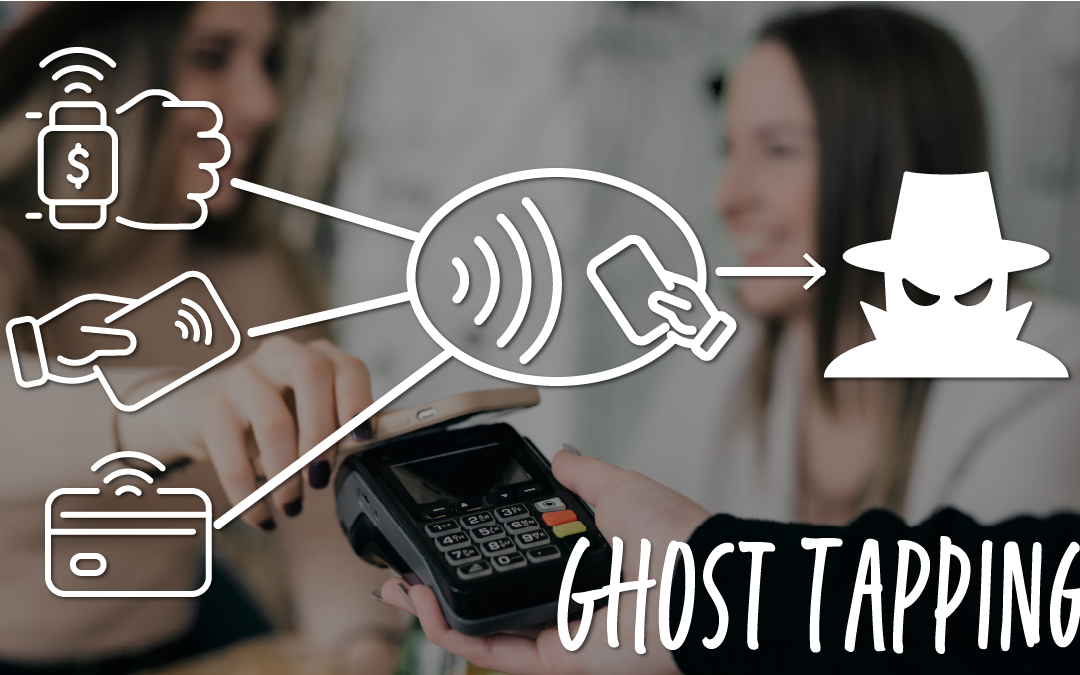The Bottom Line
Small business is important to Central Oregon, and to Mid Oregon. Find tips and resources for business, and information about Mid Oregon’s commercial services and business members.

Is Your Phone Safe for the Gate?
Simple Tips to Stop Data Theft While Traveling
Before your next flight, take this crucial step to safeguard your finances. The Transportation Security Administration (TSA) has issued a warning about “juice jacking,” where hackers install malware on public USB charging ports in airports and other travel hubs.
What’s Happening
Plugging your phone or device directly into these ports can compromise your sensitive data, including banking information and passwords.
Here’s how to protect yourself
Bring Your Own Power: Always travel with a fully charged, TSA-compliant battery pack (power brick) so you don’t need to rely on public charging stations.
Use Charging-Only Cables: If you must use a public USB port, use a charging-only cable. These cables allow power to flow but block any data transfer, keeping your information safe.
Be Cautious with Wi-Fi: Avoid connecting to free public Wi-Fi networks, especially if you plan to make purchases or access sensitive accounts. Hackers often exploit unsecured networks to steal personal information.
Protect your journey and your savings by taking these simple precautions every time you travel. For more tips on protecting your personal information, visit Mid Oregon’s Security and Fraud Page: https://ow.ly/hjHm50V9XE1.

Is Ghost Tapping Haunting You?
A new scam is quietly tapping into your convenience and turning it against you. The Better Business Bureau (BBB) is warning consumers about a trick called “ghost tapping,” which exploits the tap-to-pay feature on cards and mobile wallets. Fraudsters use the cards near field technology to get close in crowded spots like festivals or transit hub’s and use wireless devices or fake payment terminals to charge you—sometimes before you even realize what’s happening.
How it works
Here’s how it works: A scammer may pose as a vendor or charity and ask you to “just tap” your card or phone to pay. Of course, you do just that—and either the amount is much bigger than displayed or a small charge “tests” your card and goes unnoticed until damage is done.
Because the scam is fast and uses contactless tech, you may never see the malicious device or realize your money is gone until your account shows odd activity days later.
Avoid Being a Victim
To avoid being a victim, start by staying alert in busy public settings. Before tapping, always check the merchant name and total on the terminal, and don’t let someone rush you. Consider using an RFID-blocking carrier or sleeve to interfere with wireless reading devices. Set up instant alerts for every transaction so you’ll catch unauthorized charges quickly. If you’re unsure or the vendor looks questionable, opt to swipe or insert your card instead of tapping.
Finally, review your statements often—and if you spot something odd, contact your financial institution or card issuer immediately. It’s also a good idea to report the incident to the BBB using the organization’s Scam Tracker tool.
This isn’t just a clever scam—it preys on trust, distraction and the very convenience you rely on. Stay sharp, keep your tap-to-pay in check, and don’t hand your security over to a ghost.
For more tips on protecting your personal information, visit Mid Oregon’s Security and Fraud Page: https://ow.ly/hjHm50V9XE1.
Content provided by Stickley on Security.

Year-End Power Plan: Financial Tips to Launch You into 2026
As the year draws to a close, take this moment to celebrate how far you’ve come. Every step—big or small—has shaped your journey through 2025. Did you achieve the financial goals you set? Have you grown in ways that make you proud, personally and professionally? Remember, progress isn’t always measured in numbers; it’s found in resilience, learning, and the courage to keep moving forward.
On the financial side, maybe you strengthened your emergency fund or wiped-out lingering debts—what an incredible accomplishment! And if unexpected expenses or impulsive spending shifted your plans, give yourself grace. Every detour is a chance to learn and grow. Life’s unpredictability doesn’t define your progress—it reveals your resilience.
Before the new year begins, take charge of your financial future with these ten powerful strategies, and tools found in Digital Banking, designed to set you up for success:
Your Year-End Financial Success Checklist
1. Celebrate Your Wins
Sign up for free Credit Savvy in the Digital Banking app and set savings goals. Then acknowledge every financial milestone you achieved this year—big or small. Progress deserves recognition!
2. Revisit Your Goals
Review the goals you set for 2025. Which ones did you crush? Which needs a fresh approach for 2026? If you have already signed up for Credit Savvy, this will be easy to do!
3. Know Your Numbers
Awareness is the first step toward control. Calculate your total income and expenses.
4. Strengthen Your Safety Net
Check your emergency fund. Aim for 3–6 months of living expenses and set up automatic transfers to grow it. You can set up a goal in Credit Savvy that will track your progress for you!
5. Tackle Debt Head-On
List all debts and prioritize paying down high-interest balances. Every payment brings you closer to freedom.
6. Boost Your Future
Maximize retirement contributions if possible. Even small increases today can make a big difference tomorrow. Check out your options with Mid Oregon’s Share and IRA Certificates. And, schedule a free consultation with our investment services at Mid Oregon Wealth Management Retirement and Investment Planning.
7. Protect What Matters
Review insurance coverage—health, life, auto, home—and adjust for any life changes.
8. Align Your Investments
Evaluate your portfolio. Does it match your risk tolerance and goals? Rebalance if needed. Schedule a free consultation with our investment services at Mid Oregon Wealth Management Retirement and Investment Planning.
9. Prepare for Tax Season
Gather documents early and review deductions. Planning now means less stress later. Take advantage of your Love My Credit Union rewards and save with Intuit Turbotax and H&R Block.
10. Set Bold New Goals
Define clear, measurable financial goals for 2026. Automate savings and payments to make success effortless.
Regardless of your financial situation, your Mid Oregon team is here to help you every step of the way—please stop by, call, or visit us online at midoregon.com. We also encourage you to stay tuned to future member newsletters, blogs, and workshops for more financial fitness topics.
Pro Tip: Download and Print this checklist or keep it on your phone. Check off each item as you complete it—it’s a powerful way to stay motivated and accountable.
